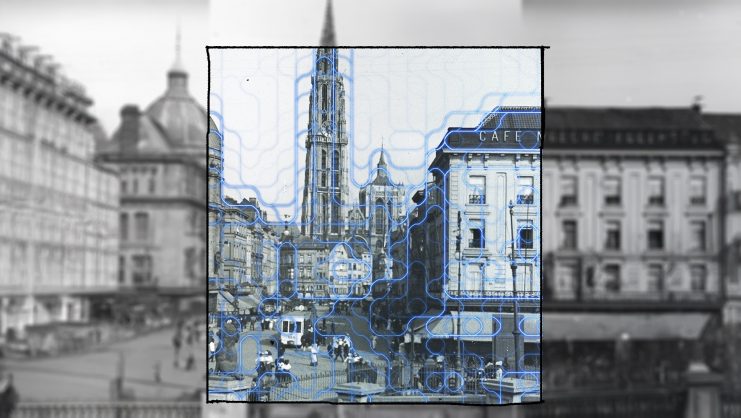Architecture’s Relationship with the Sea
Millions of us live near the sea, but how do human-built structures affect the coastline and how can we improve architecture’s relationship with the ocean? Marcela Aragüez, Professor at IE School of Architecture and Design, takes a look.
Transcription
We call our planet “Earth” even though 70% is water, and this is something that we architects, urban designers, planners sometimes tend to forget. So consider that we’re not only building in mainland but that we’re always affecting the sea. So the line that separates land from sea, it’s sometimes quite a blurred territory. It’s sometimes even not a line. It’s more like an area.
If we think about coastal cities like Malaga in southern Spain, we have seen that from the 19th century up to the mid-20th century there were interesting industrial developments. And that shift, opening up to leisure activities and to tourism, the fierce construction and development even increased from the mid-20th century onwards. It’s not necessarily bad to be close to the seafront and to the coastline.
What seems important is to consider the way we build there, what kind of materials we use, and how long those elements, those built elements are going to stay. And even now, more with the climate emergency that we’re all facing, the coastal line is becoming a very delicate line. The bad practices perhaps, that had been taking place in the past have to do precisely with the permanence of the built environment. And of course, there are harbors that need to be made and there are constructions that need to be there.
But maybe we can try to select which elements are necessarily permanent or are unavoidably permanent and which elements can be maybe thought as being more permanent or less harmful. For instance, if we look at, again, coastal cities, not only in the south of Spain, but also in other Mediterranean cities in Greece or in Italy, we would see and it’s very common to see promenades walking boardwalks. When it comes to sand beaches, for instance, nature has its ways of balancing out the amount of sand that the ocean has to take with it when there is a storm. And there are also processes to bring back that sand to the beach. And if we kind of block that process, we are not letting nature sort of do its job, so to speak.
It’s interesting to look at Japanese architecture and how the Japanese have been dealing with that. Of course not throughout history they have been developing the same way, the way to deal with the sea front and with the built environment, because they, of course, have also built with concrete and blocking. But traditionally the use of timber and the understanding that architecture is per se, a temporary structure like, for instance, assembling elements without the need for screws or wet products. And so these assemblies being completely dry, it is very easy to dismantle. I think we’ve come to a point in history in which we have to really question whether we can keep going the way we have in the past in terms of building. And in that sense, it feels urgent to think about whether we have to build at all.
We can reconsider whenever it is possible to bring back some of the natural processes that the sea has by itself. Then we are trying to coexist with the sea in a less harmful way. So I think that we perhaps need to start thinking not only how we live as human beings on planet Earth, but how we coexist with non-humans and also with the environment at large.
© IE Insights.










